Sick or diseased trees can be contagious, dangerous, and an eyesore.
There are many reasons your tree may not be in good health; age, fungus, pests, and tree disease, to name a few. If you catch a sick tree early, it’s possible to bring it back to health. However, leave it sick for too long and it can spread to other plants and even become dangerous to your home when diseased trees become weak, and their branches break or fall.
Signs of a sick tree can be obvious; leaves failing to spear, large chunks of bark missing, dry branches riddled with holes…but other times it isn’t quite as clear when trees aren’t in good health.
3 of the most common signs of a tree disease
1. Cracks in the tree trunk.
If you have a tree with cracks that are causing the trunk to split much deeper than the bark level of the tree then it’s advisable to seek advice as this tree could potentially become very dangerous.
2. Discoloured leaves, or no leaves at all!
A change in colour throughout the seasons is natural however if you start to see unexpected changes such as spots, or mottling of the leaves, it could be a sign of the tree having a disease.
What’s worse is if your tree’s leaves are thinning in a section of its canopy or dropping leaves more than it normally would, it could be a sign that the tree is sick or dying.
3. Pests
There are many common pests in Australia such as termites, beetles, wasps, and borers. Borers are one of the most destructive pests you want to keep a close eye out for. They are a group of beetles that lay eggs in the trunk of the tree, which the larvae then feed off the tree and starves it of essential nutrients. If you see round or oval shape holes appearing I the limps and trunk of the tree then it requires immediate attention.
If your tree is showing any signs of sickness or tree disease, contact a professional, qualified arborist who can advise you on the best care or if necessary, removal options for the tree.

